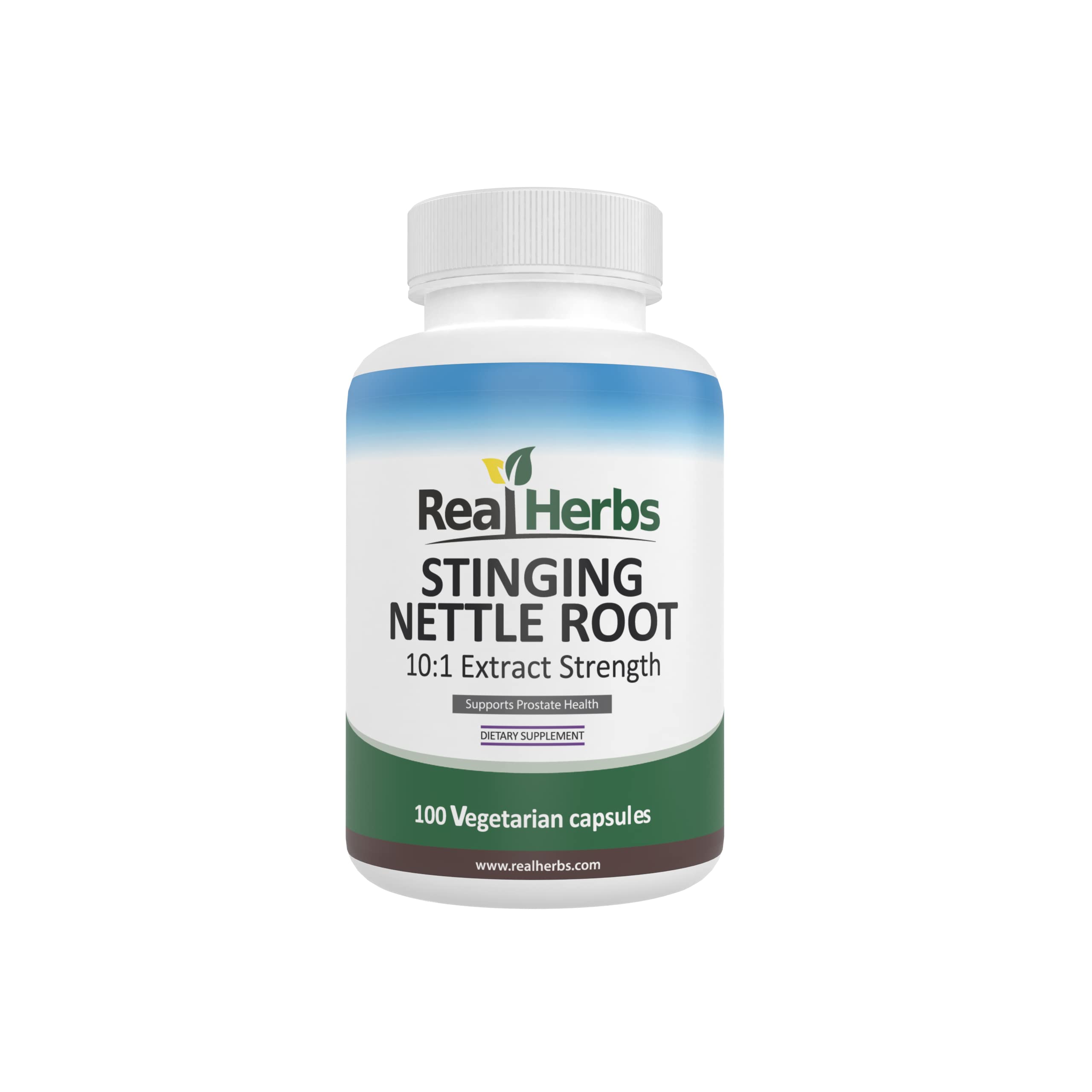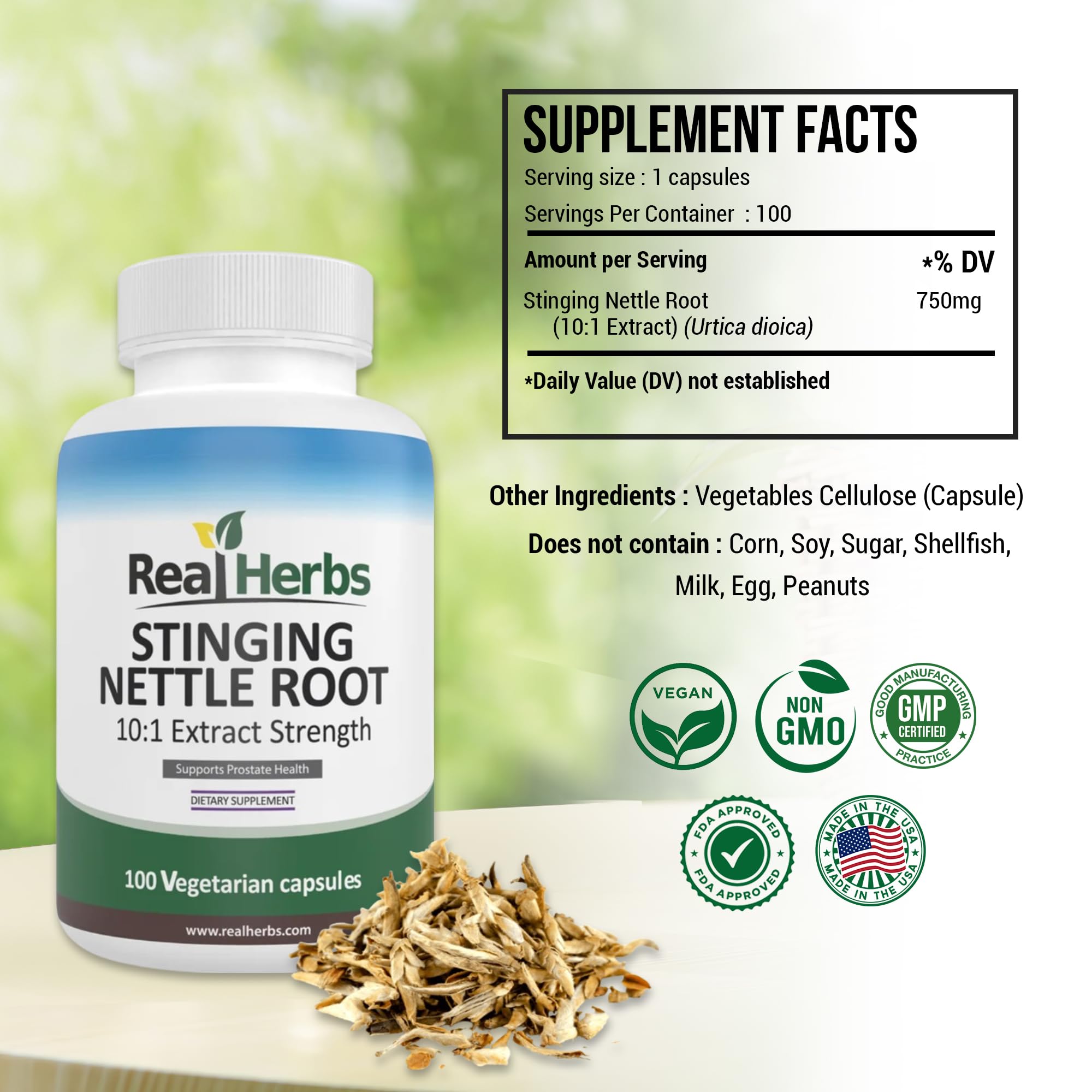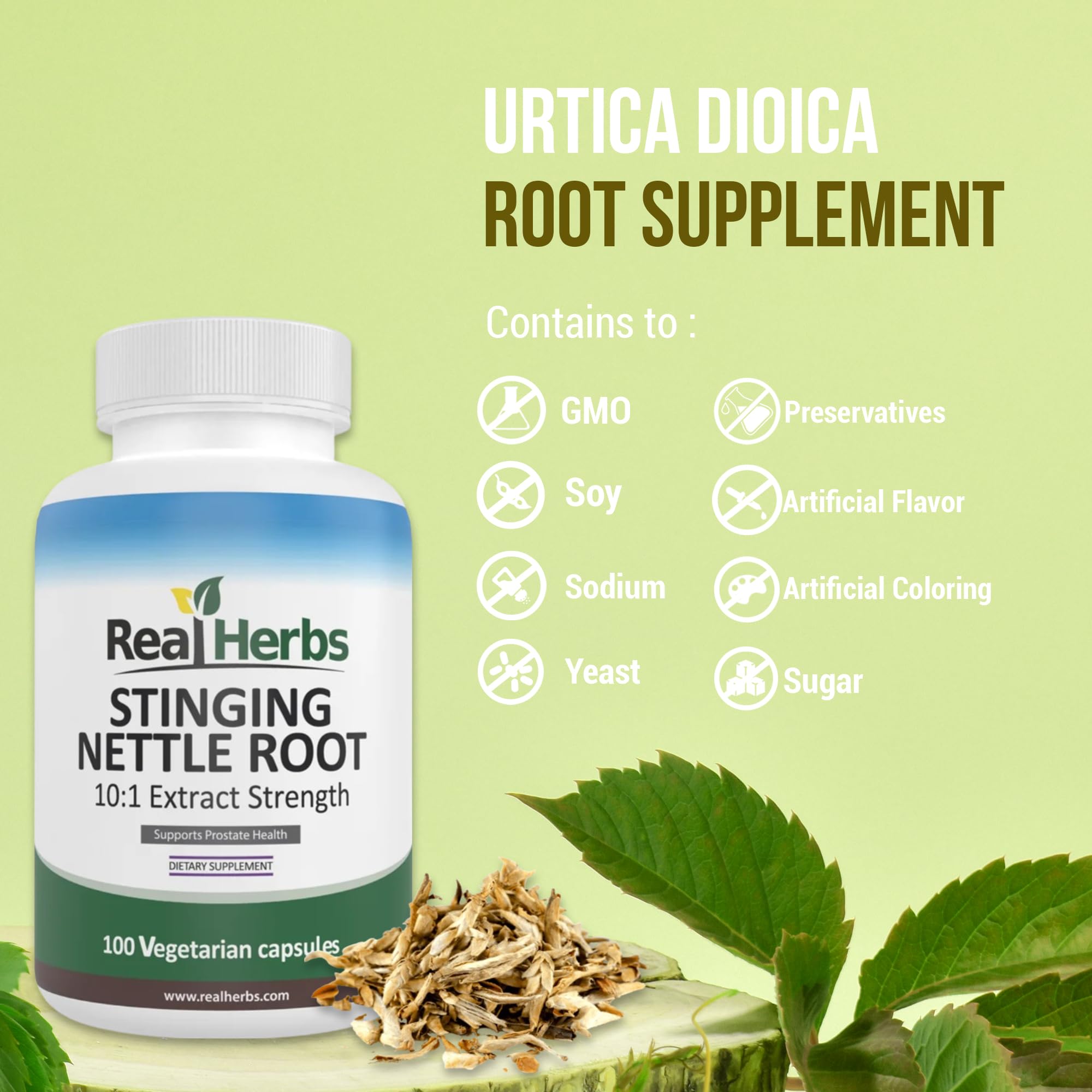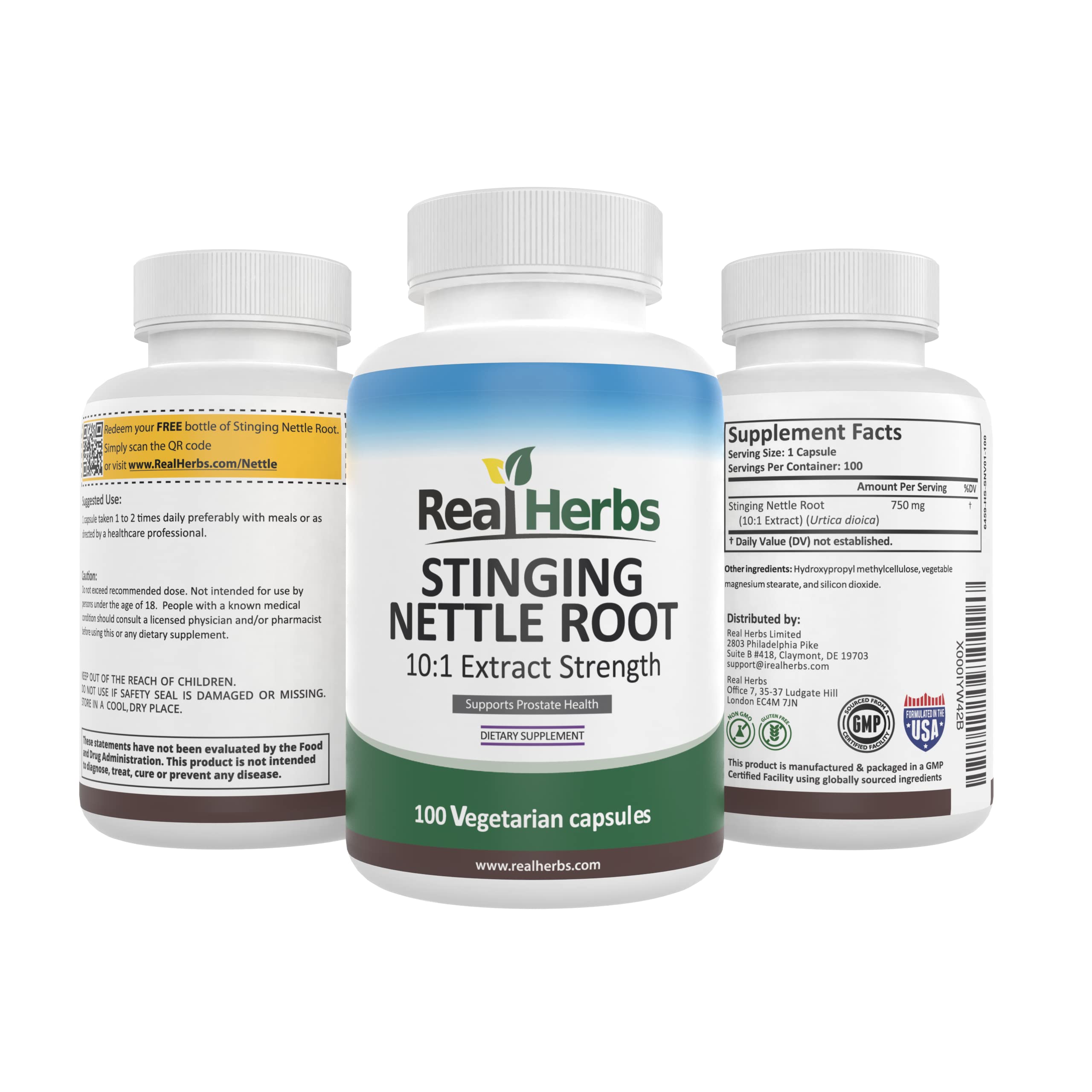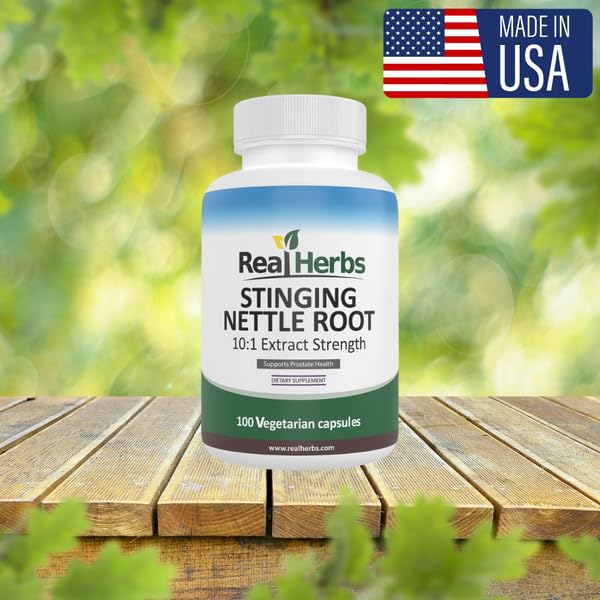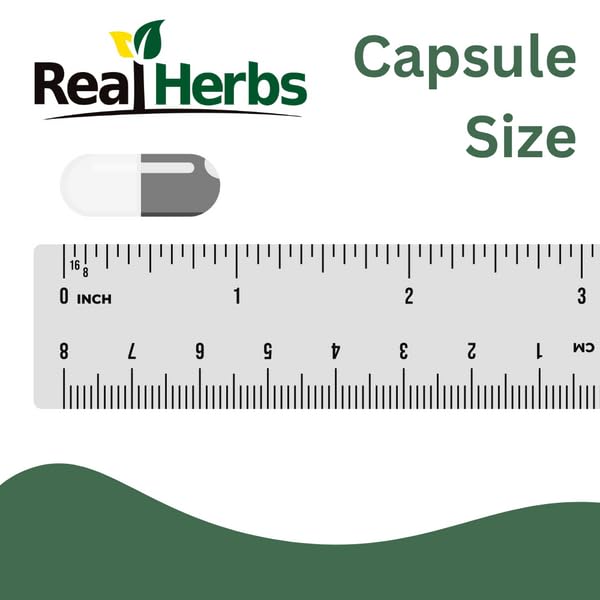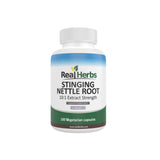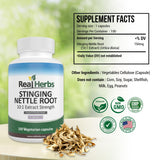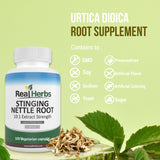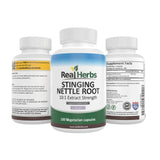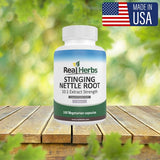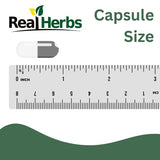Unique Recipes: Cooking with Stinging Nettle Root
Unique Recipes: Cooking with Stinging Nettle Root
Transforming the powerful underground herb into nourishing decoctions and culinary flavor bases.
The Culinary Potential of the Root
When most people think of stinging nettle (*Urtica dioica*) in the kitchen, they immediately picture the vibrant green leaves used for spring soups, pesto, or tea. However, the true powerhouse of this plant often goes overlooked: the stinging nettle root. While significantly tougher and woodier than the leaf, the root possesses a unique chemical profile and deep, earthy flavor that makes it an exceptional ingredient for specialized culinary applications, particularly long-simmered liquids like broths and decoctions.
Unlike the leaves, which lose their sting when cooked, the root is not typically consumed whole due to its texture [4]. Instead, its value lies in its ability to impart flavor and slowly release potent compounds like lignans, sterols, and minerals into a liquid base [2, 4]. This guide focuses on unique Stinging Nettle Root recipes designed to harness its flavor and beneficial components, perfectly aligning ancient traditional use with modern flavor profiles.

Scientific Rationale: Why Cooking the Root is Different
The chemical composition of nettle root differs significantly from the leaf. The compounds most studied for their medicinal effects—such as those that support prostate health and hormonal balance—are often lipophilic (fat-soluble) [1, 3]. While the strongest way to extract these is through alcohol (tinctures) or specialized solvents (commercial extracts), cooking with high heat and oil or water can successfully extract the root's aromatic compounds, minerals, and many of its water-soluble polyphenols and polysaccharides [2, 4].
The goal of cooking with nettle root is to create a nourishing, flavorful medium (like a broth or base) rather than consuming the root material itself. This requires a process called decoction—simmering for 20 minutes or longer—to effectively break down the dense cellular structure [4]. This long, slow cooking process is vital for releasing the deep, savory notes and maximizing the mineral content [4].
Essential Preparation: Cleaning and Processing
Proper preparation is key to incorporating nettle root into any recipe. Whether you harvest it fresh or buy it dried, follow these steps:
- Sourcing: If foraging the root, do so in the autumn when the plant is dormant and has concentrated its energy underground. Always use gloves when handling fresh plant material [4].
- Washing: Thoroughly wash the root to remove all soil and grit. A scrub brush or vegetable peeler can help remove stubborn dirt and surface fibers.
- Drying (Optional but Recommended): For long-term storage or optimal flavor concentration, slice the roots thinly and dehydrate them until brittle. This is the best form for Nettle Root Broth recipes.
- Chopping/Grinding: Dried nettle root must be coarsely chopped or lightly pounded to increase the surface area before decoction.
Unique Recipes: Cooking with Stinging Nettle Root
Recipe 1: Deep Earth Nettle Root & Mushroom Broth
This is a potent, savory nettle root decoction that serves as an excellent base for soups, stews, or a standalone tonic, leveraging the root's robust flavor and mineral content [4]. (Yields approximately 6 cups).
Ingredients:
- 1/2 cup Dried Nettle Root, coarsely chopped or crushed.
- 8 cups Cold Water (or unsalted vegetable/bone broth).
- 1 large Yellow Onion, roughly chopped.
- 1 cup Dried Shiitake or Maitake Mushrooms.
- 2 cloves Garlic, smashed.
- 1-inch piece of Fresh Ginger, sliced.
- 1 tsp Black Peppercorns.
- 1 tsp Sea Salt (or to taste).
Method (Decoction):
- Combine: Place the nettle root, mushrooms, onion, garlic, ginger, and peppercorns into a large pot with 8 cups of cold water/broth.
- Simmer: Bring the mixture to a boil, then immediately reduce the heat to a low simmer. Cover partially and allow to decoct for at least 60 to 90 minutes. The long simmer is key for drawing out the root's beneficial compounds and flavor.
- Strain: Strain the liquid through a fine-mesh sieve or a sieve lined with cheesecloth. Discard all solids.
- Season: Return the broth to the pot, add salt, and simmer for another 5–10 minutes to intensify the flavor. Use immediately or cool and freeze for later use as a medicinal broth or recipe base.
Recipe 2: Nettle Root & Herb-Enriched Oil
While the highly beneficial lignans require alcohol for maximum extraction, this infused oil captures fat-soluble phytosterols and imparts a subtle, earthy, aromatic flavor to cooking, perfect for finishing dishes [1, 2].
Ingredients:
- 1/4 cup Dried Nettle Root, finely chopped.
- 1 cup High-Quality Olive Oil or Avocado Oil.
- 2 tbsp Dried Thyme or Rosemary (optional).
Method (Slow Infusion):
- Combine: Place the nettle root and herbs (if using) into a small, heatproof glass jar. Cover completely with the oil.
- Heat Gently (Optional): For faster extraction, place the jar in a pot of water (creating a double boiler) and heat very gently for 1–2 hours. Do not let the oil simmer or smoke.
- Infuse: Allow the oil to infuse at room temperature for 4 to 6 weeks (or 2 weeks if heated). Shake gently daily.
- Strain and Store: Strain the oil through a fine cloth and discard the solids. Store the Nettle Root-infused Oil in a cool, dark cupboard. Use as a finishing oil for roasted vegetables or salads.
Recipe 3: Earthy Nettle Root Flour Blend
This blend utilizes dehydrated and finely ground root, which can be mixed into flours to provide a nutritional boost of minerals and subtle flavor [4].
Ingredients:
- 1/2 cup Dried Nettle Root, finely ground into powder (use a powerful blender or coffee grinder).
- 1 cup Toasted Whole Wheat Flour or Oat Flour.
- 1 tsp Sea Salt.
Method (Baking Additive):
- Grind: Ensure the dried root is ground into a very fine, consistent powder.
- Blend: Whisk the nettle root powder with the toasted flour and salt until evenly combined.
- Use: Substitute 1/4 cup of this Nettle Root Flour Blend for regular flour when making savory breads, crackers, or pizza dough. The flavor is intense, so use sparingly in sweeter items.
Nutritional and Bioactive Profile of the Root
The appeal of cooking with stinging nettle root is enhanced by its distinct nutritional profile. The root is a concentrated source of several components valued in both traditional and modern medicine:
- Lignans: These phytoestrogens are the compounds primarily studied for their interaction with Sex Hormone Binding Globulin (SHBG), making the root beneficial for hormonal balance and prostate health [3].
- Phytosterols: Including beta-sitosterol, which is known for its role in inhibiting prostate cell growth and inflammation [3, 4]. The fat-soluble nature of these sterols makes the oil infusion recipe a compelling preparation method.
- Minerals and Vitamins: Although the leaf is more famous for vitamins like Vitamin C and iron, the root provides substantial minerals and trace elements, which are readily released during the decoction process [4].
- Phenolic Compounds: The root is rich in various phenolic compounds, contributing to its strong antioxidant activity [2] and adding depth to its flavor profile [2].
Safety and Sourcing Warnings for Nettle Root
While processed nettle root is safe, consumers must heed specific warnings when preparing or consuming any part of the raw plant:
- The Sting: Always wear thick gloves when harvesting or handling fresh nettle plants, including the roots, to avoid skin irritation. Drying or processing the root removes the sting [4].
- Cleaning: Thoroughly wash all root material. Nettle often grows in nitrogen-rich soil, and contamination must be avoided.
- Dosage and Consultation: If you are cooking with nettle root for therapeutic reasons (e.g., managing BPH or hormonal balance), please remember that culinary preparations provide an inconsistent dose. For reliable health support, clinically tested standardized extracts are recommended over recipes [3].
- Drug Interactions: Nettle root can interact with certain medications (e.g., blood thinners, diuretics). Consult your doctor before consuming it regularly if you are on prescription medication.
Conclusion: Nettle Root as a Functional Food Source
The journey of stinging nettle root moves beyond the capsule and into the kitchen, offering a wealth of flavor and nutritional density that few other herbs can match. While its primary scientific fame rests on its use as a concentrated supplement for prostate and hormonal health, its role as a functional food source—especially in decoctions and infused oils—provides a holistic path to wellness. By adopting these unique nettle root recipes, you can incorporate this powerful underground herb into your diet, leveraging its earthy flavor and abundant bioactive compounds for a deeper, more flavorful connection to health.
For Guaranteed Benefits, Choose the Proven Extract
While cooking with Stinging Nettle Root is deeply nourishing, replicating the potent doses required for specific therapeutic effects (like managing BPH) is challenging. For guaranteed results, trust the science behind our extracts.
Our Solution: Real Herbs provides the clinically relevant, standardized root extract —concentrating the phytosterols and lignans—necessary for reliable therapeutic results, taking the guesswork out of dosing.
Your investment is protected by our 100-Day Money-Back Guarantee!
"I love the Nettle Root Broth for flavor, but I rely on the capsules for my prostate support. Great synergy." - Alex M.
"The depth of flavor the dried root adds to my stews is incredible. It's truly a hidden culinary gem." - Sarah K.
Disclaimer: The information provided in this article is for educational and culinary purposes only. It is not intended as medical advice. Always consult with a qualified healthcare professional before making any decisions about your health or starting any new supplement regimen.
Scientific Credibility & Citations
- Martz F, Kankaanpää S. Stinging Nettle (Urtica dioica) Roots: The Power Underground—A Review. *Plants (Basel)*. 2025. PMC11768490 (Root Phytochemistry, Extraction, Function)
- Đurović S, Živković J, et al. Chemical Constituents of Stinging Nettle (Urtica dioica L.). *Molecules*. 2024. PMC10970493 (Chemical Constituents, Phenols, Antioxidant Activity)
- Chrubasik JE, Roufogalis BD, Wagner H, Chrubasik S. A comprehensive review on the stinging nettle effect and efficacy profiles. Part II: urticae radix. *Phytomedicine*. 2007. PMID: 17509841 (Review of Root Efficacy, Traditional Use)
- Bhusal KK, Magar SK, et al. Nutritional and pharmacological importance of stinging nettle (Urtica dioica L.): A review. *Heliyon*. 2022. PMC9253158 (Nutritional Profile, Preparation Methods)
```

